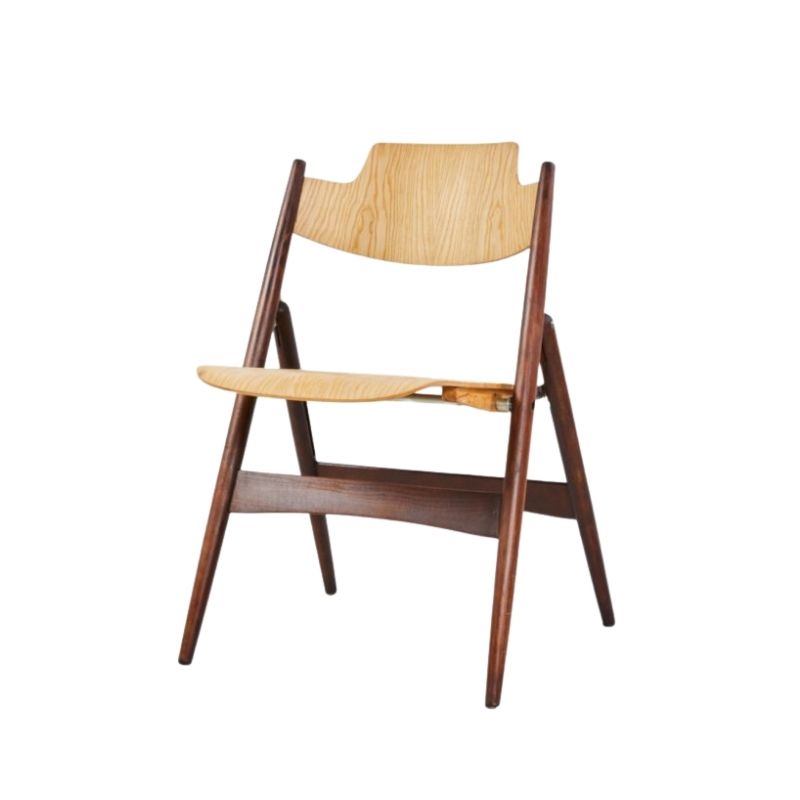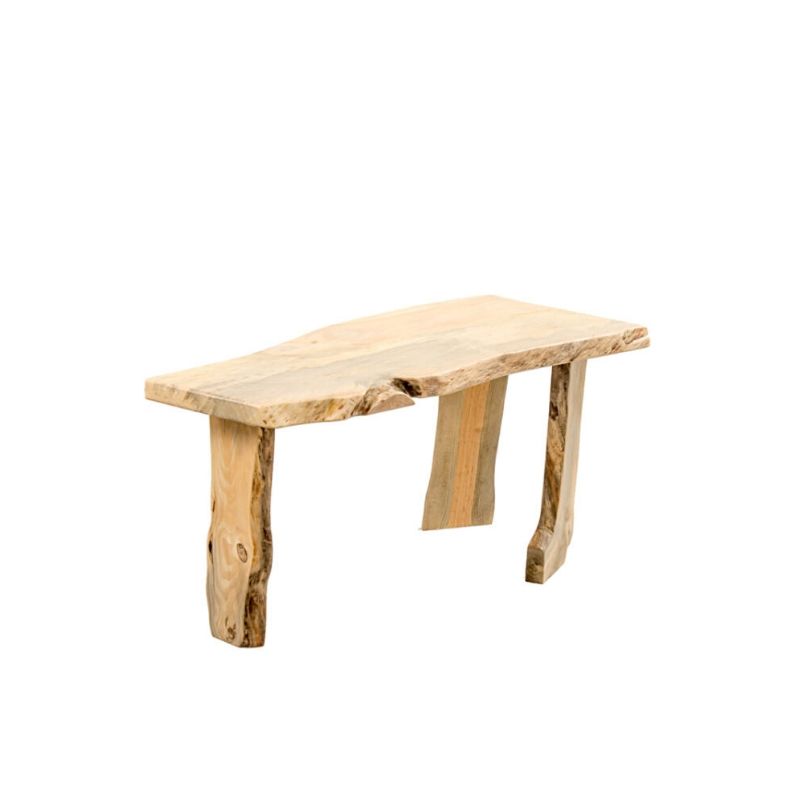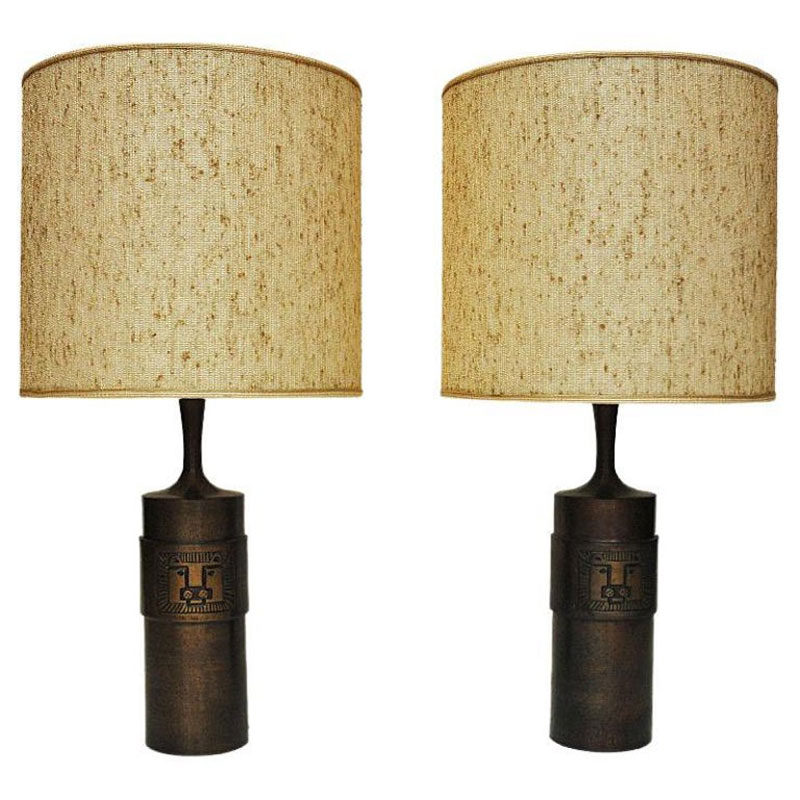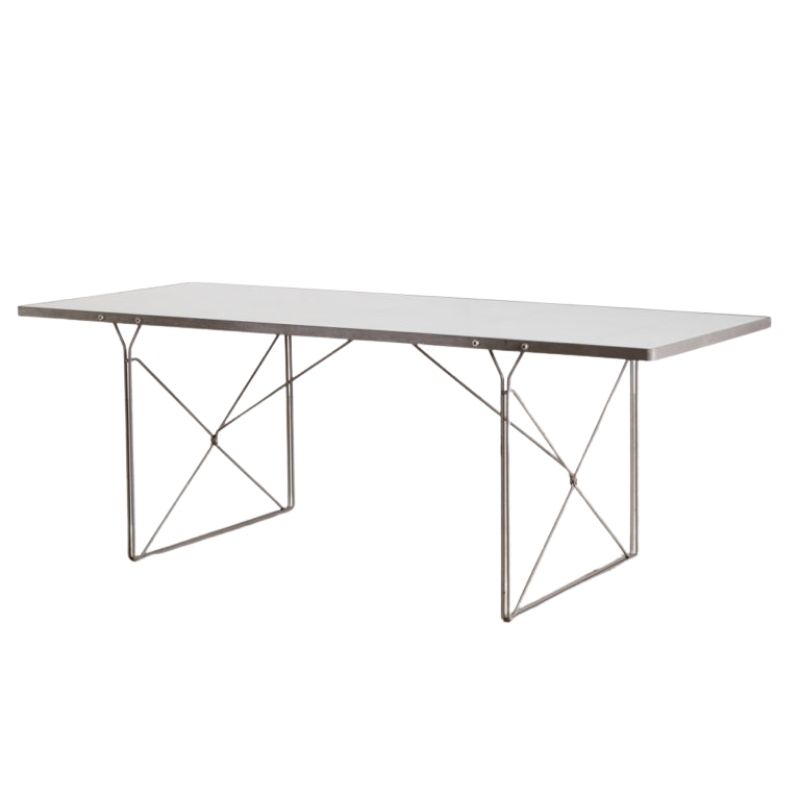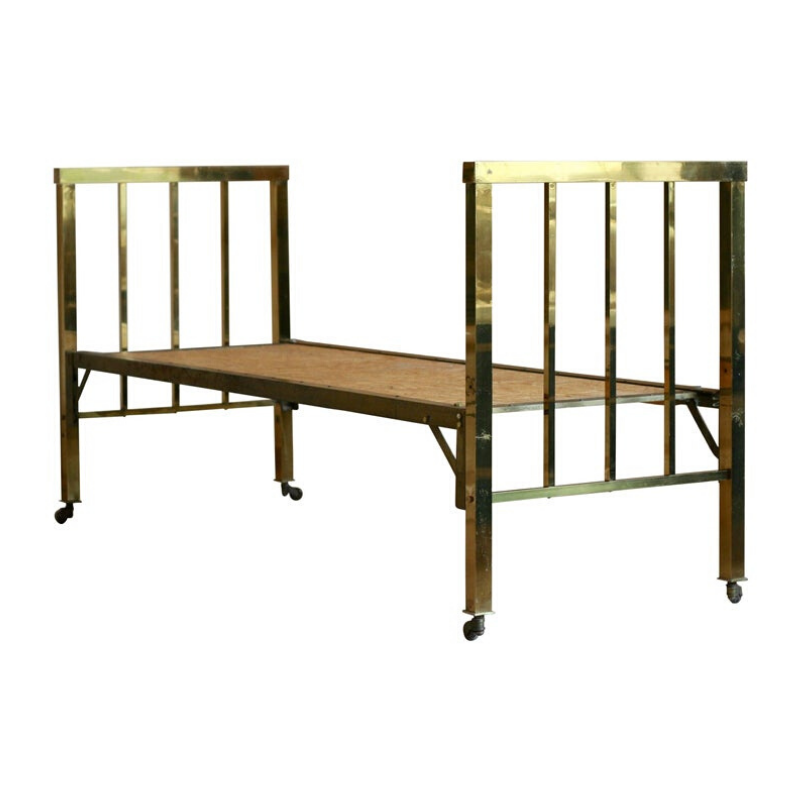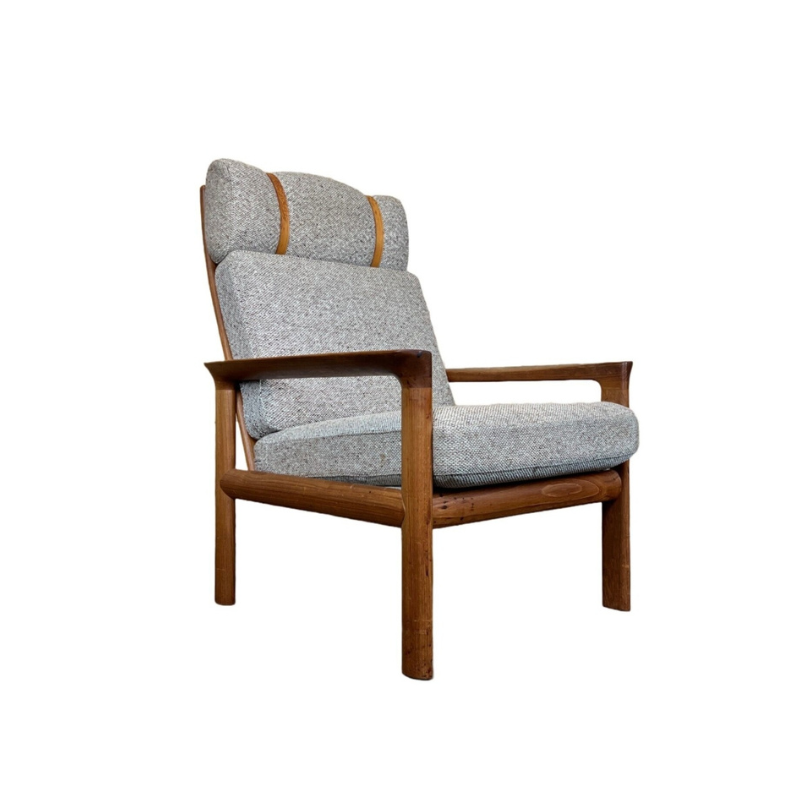It happens if it is the only one in existence.
It is the ancestor of the mass produced IN50 for Herman Miller
(off topic)
Although not a modern piece, a wing chair (belived to be lost) designed for a specific client for a specific room for a specific house by cabinet maker Thomas Affleck in Philadelphia in 1770 was re-discovered in 1987 and sold at Sotheby's for $2.75M and it only had the exposed secondary(pine) and primary (mahogany) wood frame (all the recent stuffing and upholstery was removed for authentication)
$2-$3M,way out of my league. In 1987, I could only afford $20 for the green edge glass top and $3 for the birch interlocking "wood carving" that the salvage/rummage thrift store in LA was selling until the end of the day (apparently, everything in the yard gets discarded if left unsold). It has been and the only coffee table I will ever own.
The A. Conger Goodyear house remains extant, though ruined, IMO.
Funny that the house last sold for roughly what the table is estimated to bring.
http://www.traditionalhome.com/design/beautiful-homes/landmark-goodyear-...
"Restored"? Not to my understanding of the term.
http://news.esto.com/a-conger-goodyear-house-photos-by-ezra-stoller-in-n...
That's a shame. For once I'm not sorry that an hisoric furniture piece has been separated from its original home . . .
Odd -- I just looked again at the dimensions: The top is almost seven feet long, by dining-table height. Yet it doesn't seem to be designed as a dining table.
Does the Noguchi coffee table appear after 1939, or before ?
Compare the furniture layout in the two vintage photos; some differences in seating placement, but the table occupies the window in both. And would Stone have specified those armchairs ?
If the table remained in that spot for long, it might explain the present color of the rosewood.
I can see it serving hors d'oeuvres at cocktail parties or even as a desk, perhaps. But it is certainly one of those pieces that pushes the boundary toward form over function and it is just stunning.
If this table actually sells for the estimated price, it may still be a bargain considering other works by Noguchi will require its very own lobby or open space/plaza and would require an army of forklifts, a crane and a ten wheeler truck that requires proper permits to close down roads and highways to travel. This table could easily be disassembled and carried by 2 people and put in the back of an SUV with the seats folded.
It is a little hard to know how it was made. Noguchi's better-known table base assembles with a steel pin. In this case if the member that enters the ball from the side is well fastened to it, then a pin entering the ball from below and well anchored in the U-shaped member would make the whole stable, I think, in the same way that the coffee table is stable. But I take your point . . .
Waaall, let's see. Assuming the base is solid rosewood and the top close to an inch thick, the whole table has got to weigh in excess of 200 lbs. That amount of weight on what is essentially a sturdy tripod would make the structure inherently stable, right? So the question concerns quality of the joinery.
By this point in Noguchi's career, he'd had plenty of experience sculpting hard materials on this kind of scale. I've not seen nor heard evidence of poor craftsmanship in any of his work. In fact, only the opposite.
I do love it, though. Love it, love it, love it. There's so much tension in that sphere, we can feel it across the decades and even in two-dimensional images squeezed through the intertubes.
In the period B&W photo that SDR posted above, Noguchi's work completely steals the show. Just try to take your eyes off of it.
Now imagine being in the same room with that thing!
If you need any help, please contact us at – info@designaddict.com



